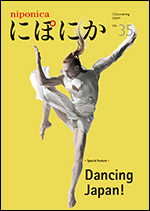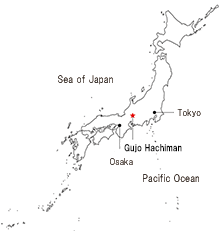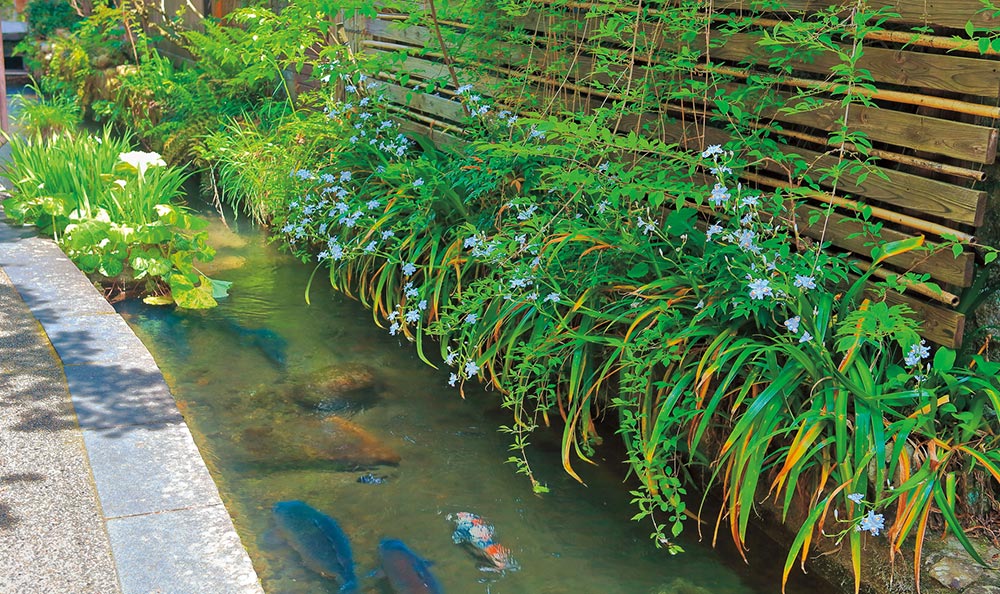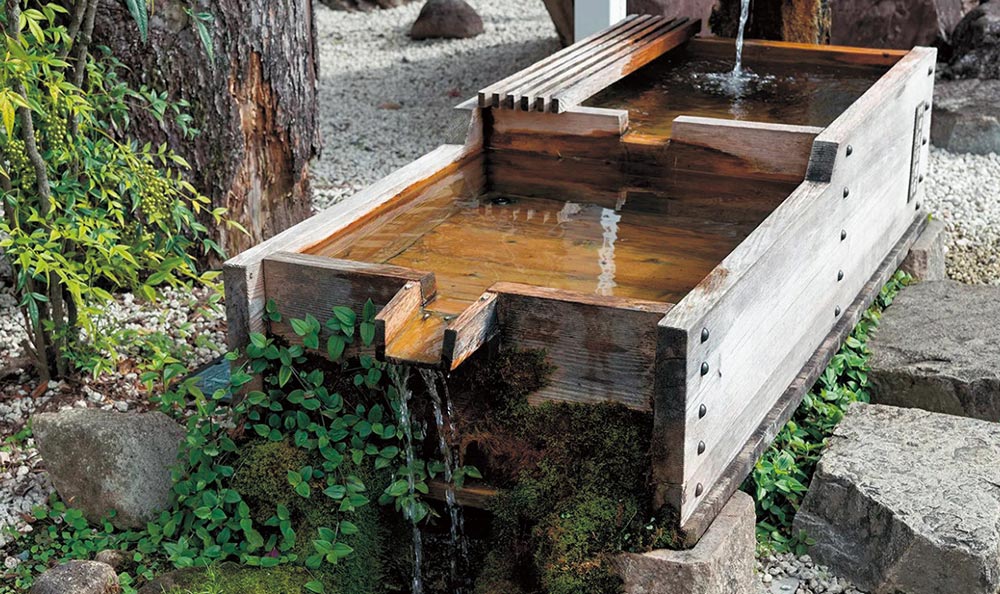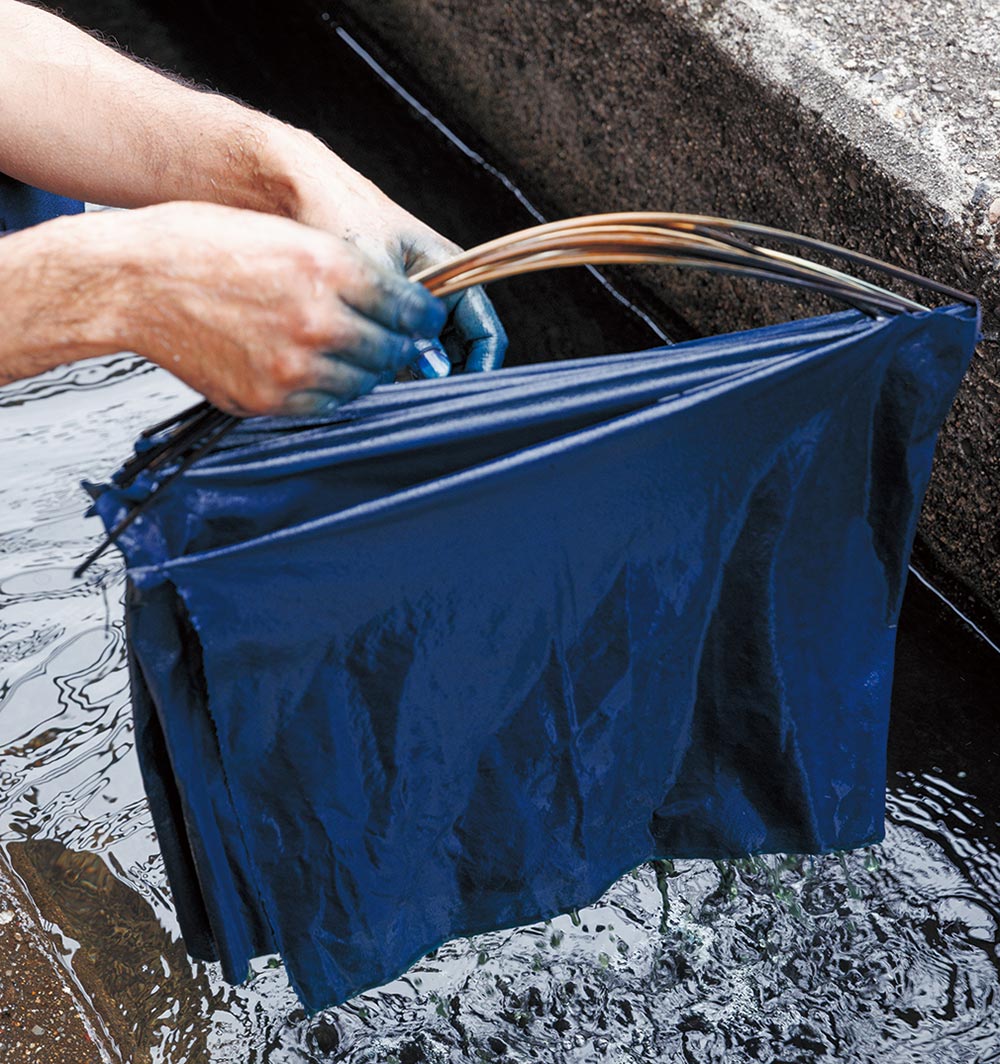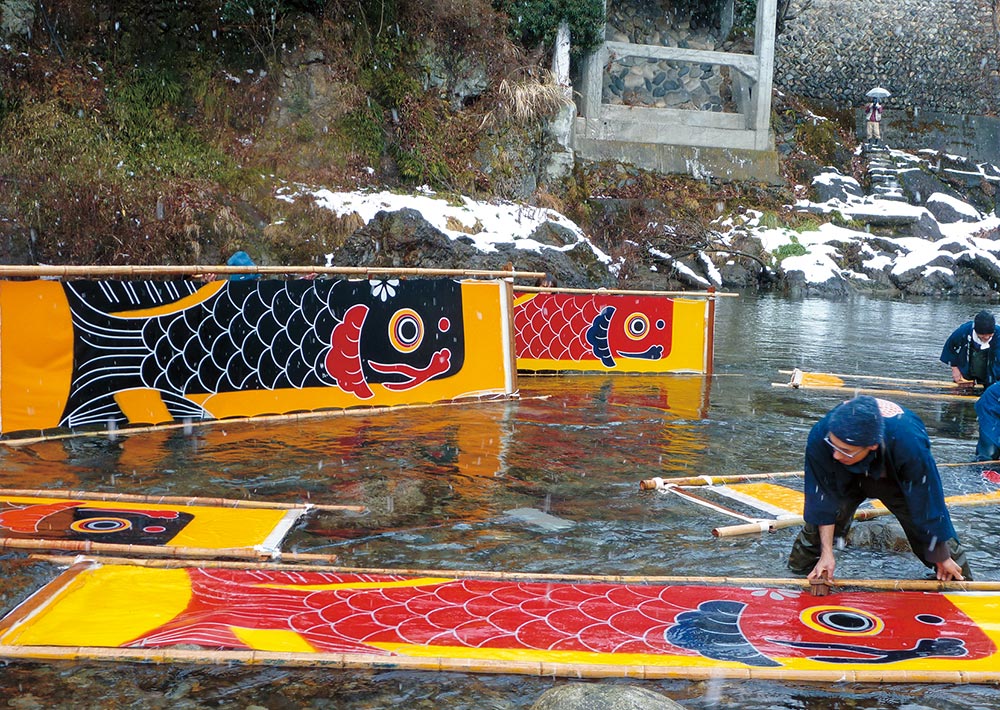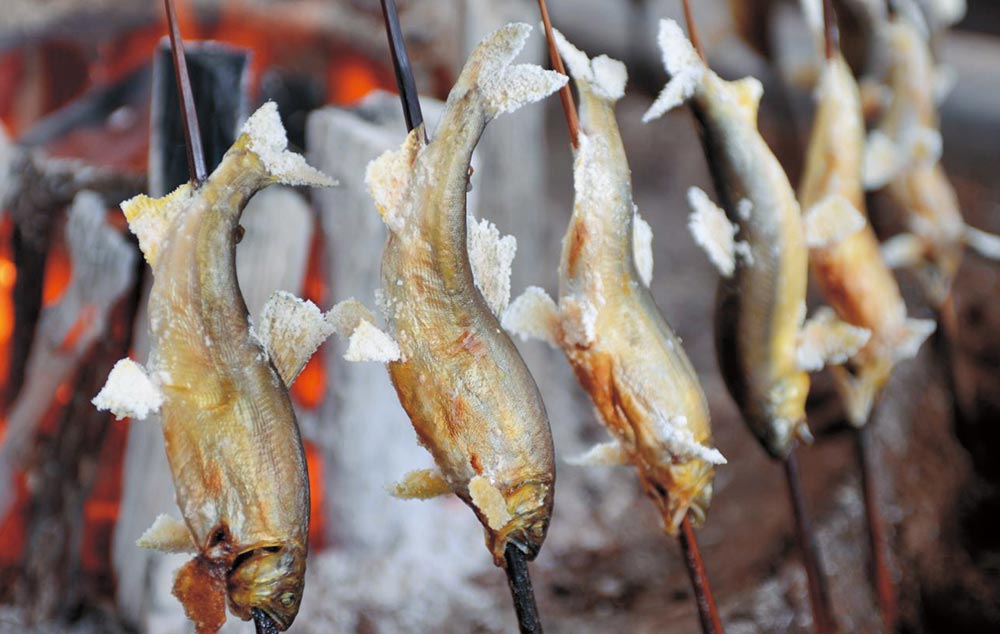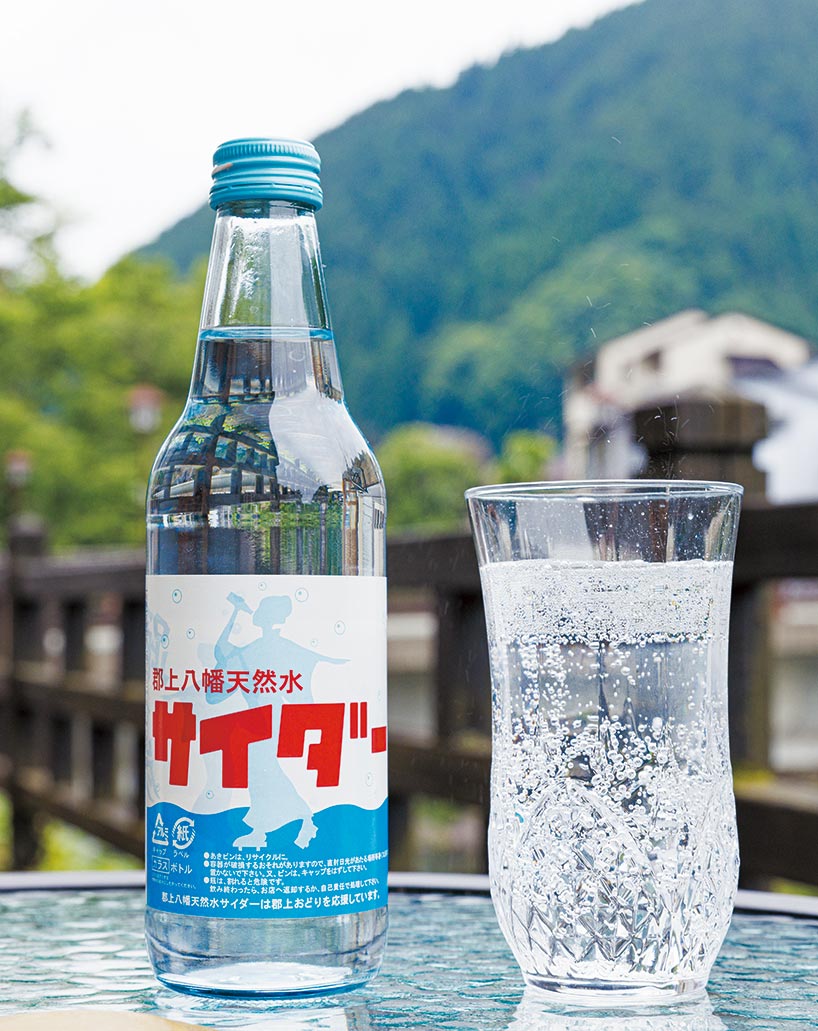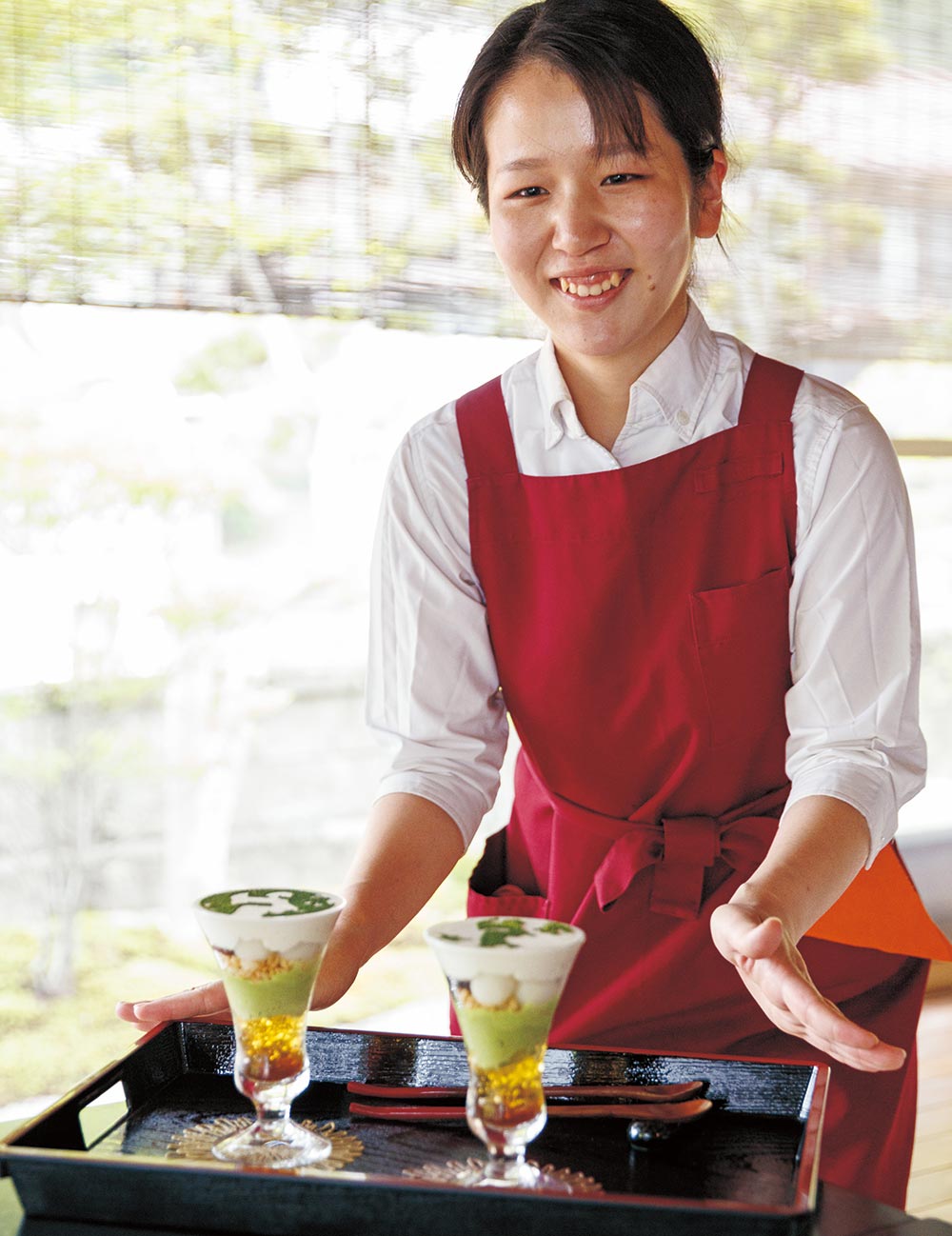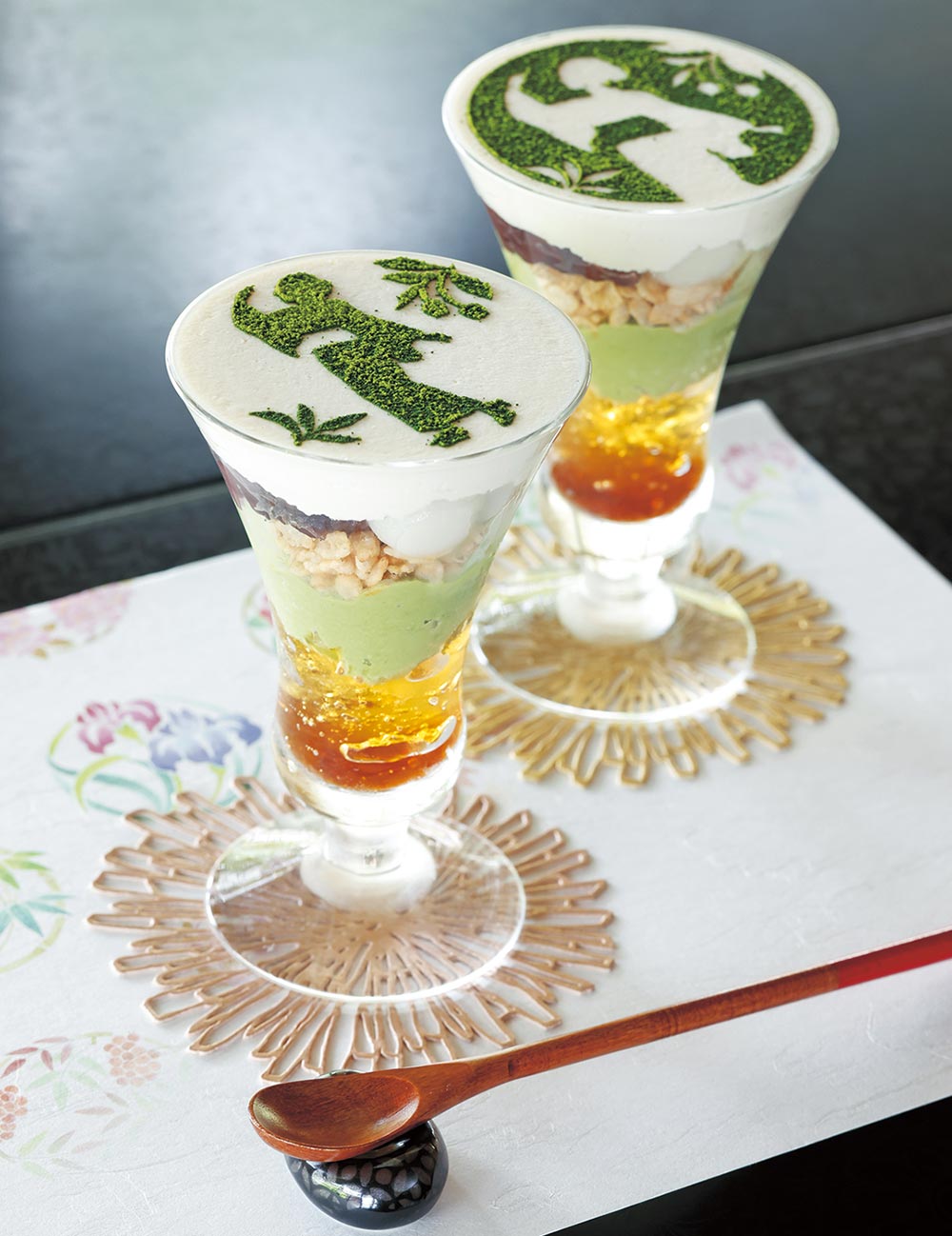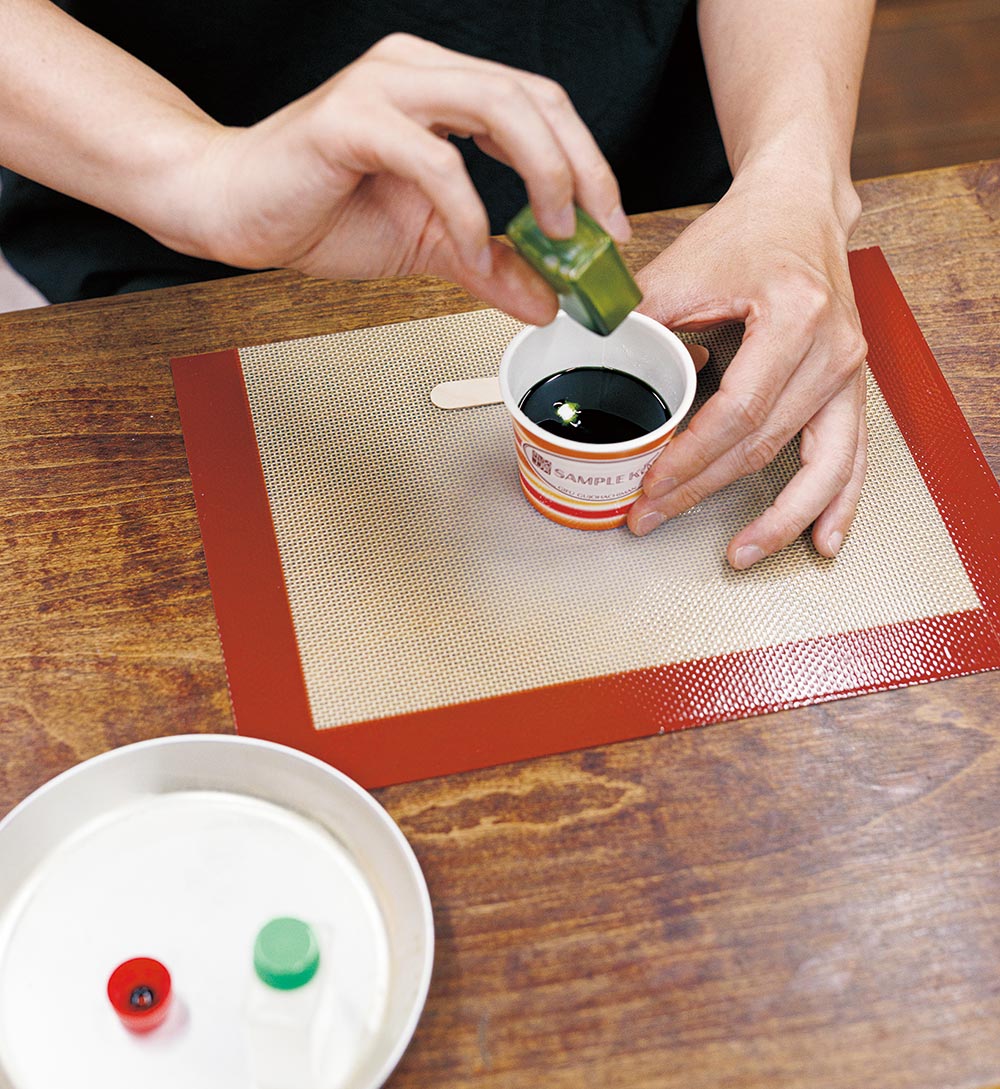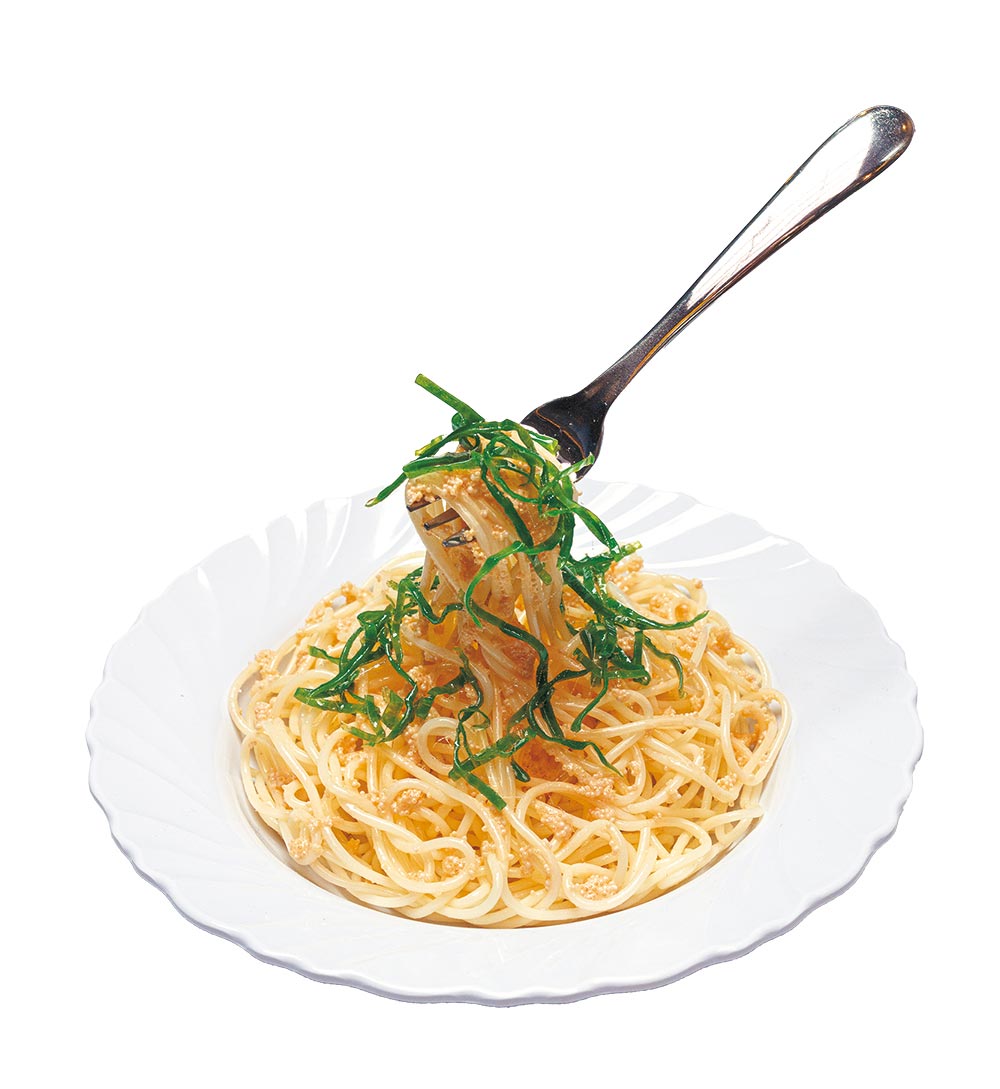
2023 NO.35
Menu
 Strolling Japan
Strolling Japan
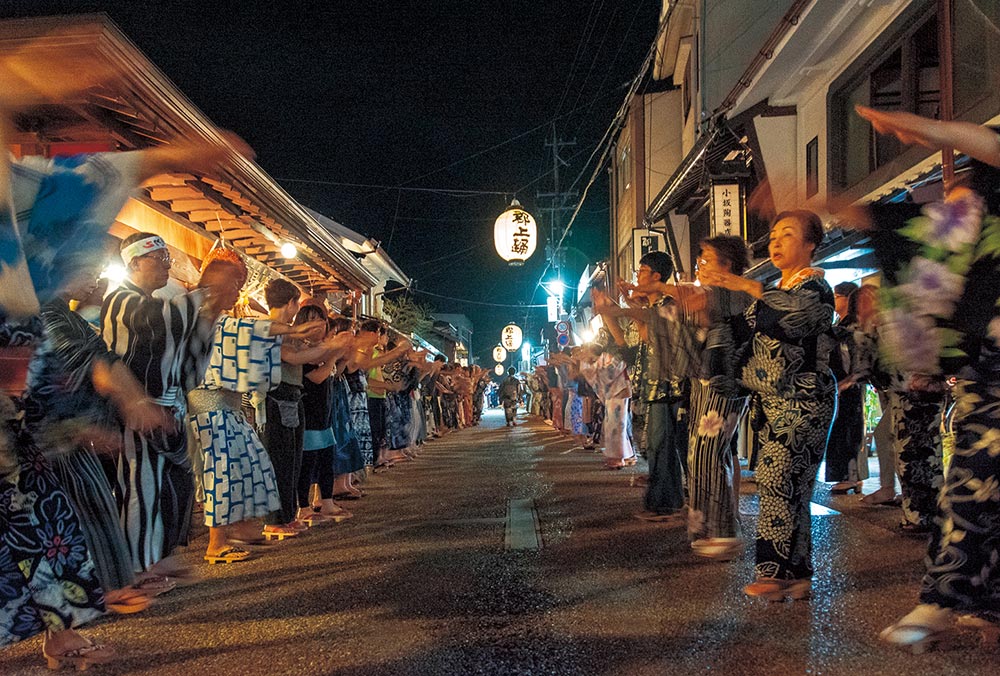
During the night dances, the street is filled with people ready to join in. ©Gujo Tourism Federation
A stroll through Gujo Hachiman reveals a network of canals, including the Igawa Komichi, stretching across the town. Put in place to help prevent fires following the outbreak of a large blaze in the 17th century, the waterways still form an indispensable part of life in the town today. Set up along the canals are multiple mizubune (literally “water boats”), which are basins filled with water drawn from the mountain springs, where the locals get drinking water and rinse off their vegetables.
The waterways are also essential for a traditional, local handicraft called Gujo Honzome. Immersing the indigo-dyed crafts in running water brings out more vivid color and has a tightening effect on the fabric. In wintertime, a practice called koinobori no kanzarashi takes place, in which decorative koinobori (carp-shaped windsocks), which are displayed in celebration of boys’ growth, are immersed in the clear-flowing rivers. The sight of the brightly colored streamers floating on the water’ surface is a uniquely distinctive scene of winter in Gujo Hachiman.
Visitors can also enjoy salt-roasted sweetfish (ayu), a local delicacy sold at food stalls at the waterside, while taking in the gentle murmuring of the water’s flow, or take a short break at a cafe serving sweets in a renovated kominka residence. Another special, memorable experience may be visiting a crafting studio to try one’s hand at making replicas of food items, a practice with roots in Gujo Hachiman.
From festive, lively dancing to strolls along gurgling waterways, Gujo Hachiman—a town of contrasting faces, peaceful and dynamic—offers a variety of charms visitors are sure to enjoy.

Gujo Hachiman Area Map
①Gujo Hachiman Castle②Gujo Hachiman Hakurankan③Igawa Komichi④Watanabe Dyehouse⑤Sogi-an⑥Sample Kobo
●Access
From Nagoya Station, the trip to Gujo Hachiman Station on the JR Limited Express and Nagaragawa Railway takes approximately 2 hours.
●Contact information
Gujo Tourism Federation official website TABITABI Gujo
https://tabitabigujo.com/

